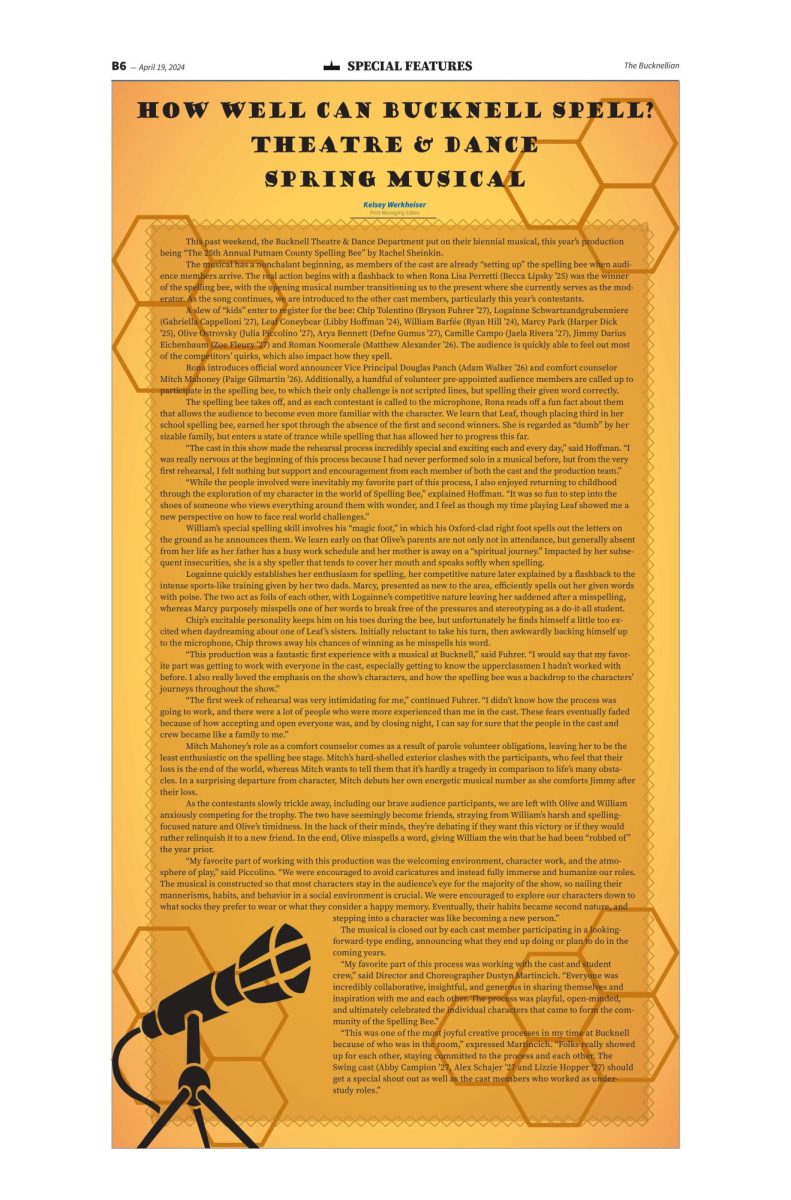Beyond the Bison: Can NASCAR and “going green” ever go together?
March 2, 2017
It was a record-breaking weekend at the Daytona 500. Kurt Busch streaked across the finish line to win after not leading for a single lap the entire race. His victory marked him as the first NASCAR driver in history to win the Daytona 500 while leading just the final lap.
Despite the wild finish, fans and concerned citizens alike wonder whether the entertainment value of NASCAR is worth the threat it poses to the environment. In an era when global warming is more threatening than ever, a sport that essentially promotes joy rides is put under the microscope. As climate change becomes an increasingly looming threat that remains unprioritized by many significant world leaders, individuals and organizations must take responsibility to reduce frivolous energy consumption.
And it can certainly be argued that NASCAR qualifies as “frivolous energy consumption.” The 500 miles these racecars drive in circles on any given weekend is more than the distance from the University’s campus to Detroit. At the Daytona 500, the 43 participating vehicles consumed more than 5,300 gallons of gasoline. These racecars get an average of five miles to the gallon. When compared to the 360 million gallons of gasoline used each day in the United States, that number might not represent a huge proportion of the output, but every little bit makes an impact. Additionally, racecars are generally unregulated by the Environmental Protection Agency. In NASCAR’s approximately 35 races each year, the emissions reach a total of around 4 million pounds. In comparison, the average American causes emissions of 45,000 pounds each year.
Though NASCAR has begun an environmental campaign to make the sport more green, there is still a long way to go before the sport can call itself environmentally friendly. The cars now use a special fuel blend by Sunoco designed to reduce greenhouse emissions by 20 percent. Further, the NASCAR organization has also partnered with other companies to promote massive recycling efforts. Through a partnership with Safety-Kleen, they expect 225,000 gallons of used oils and fuels to be recycled and reused from NASCAR races each year. They have also arranged recycling efforts with Coca-Cola and Coors Light, two important sponsors, that could lead to 12 million bottles and cans being recycled each NASCAR season.
Another important environmental initiative is the Green Clean Air Tree Planting Program, through which over 400,000 trees have been planted across the nation. NASCAR claims that that initiative will offset its emissions for the next 40 years. More and more racing arenas are running on sustainable energy sources like solar energy.
These efforts have gained the attention of NASCAR fans and affirmative recognition from environmental activists. It remains a struggle, though, to reconcile a preoccupation with global climate change with one of the watched sports in America. There are still many improvements to be made before NASCAR can claim to have “gone green.”



























